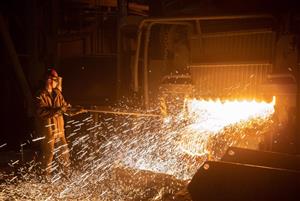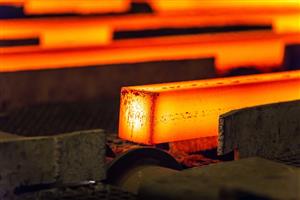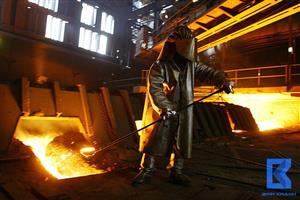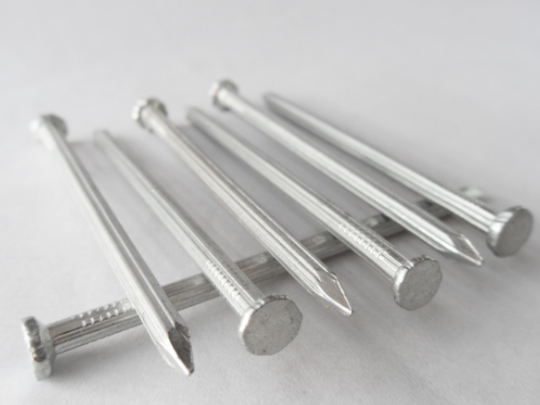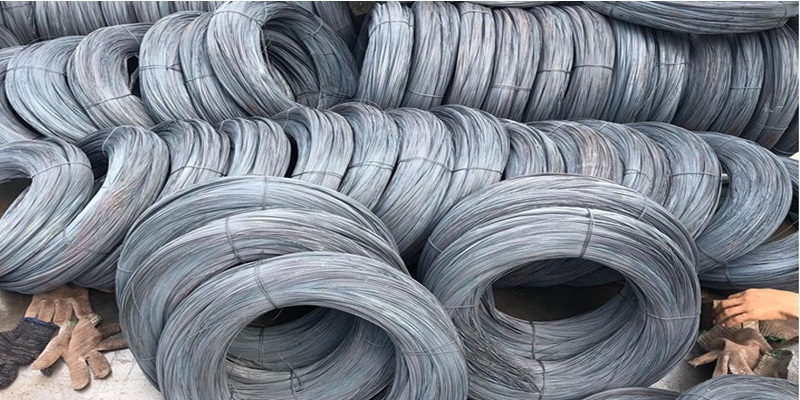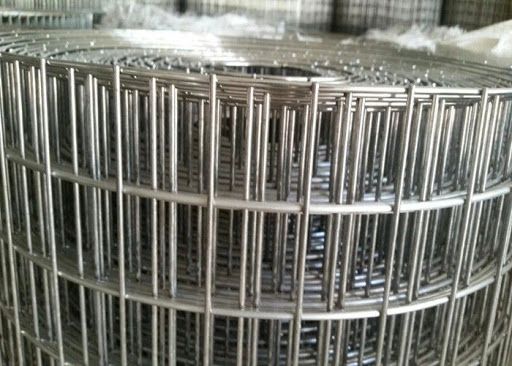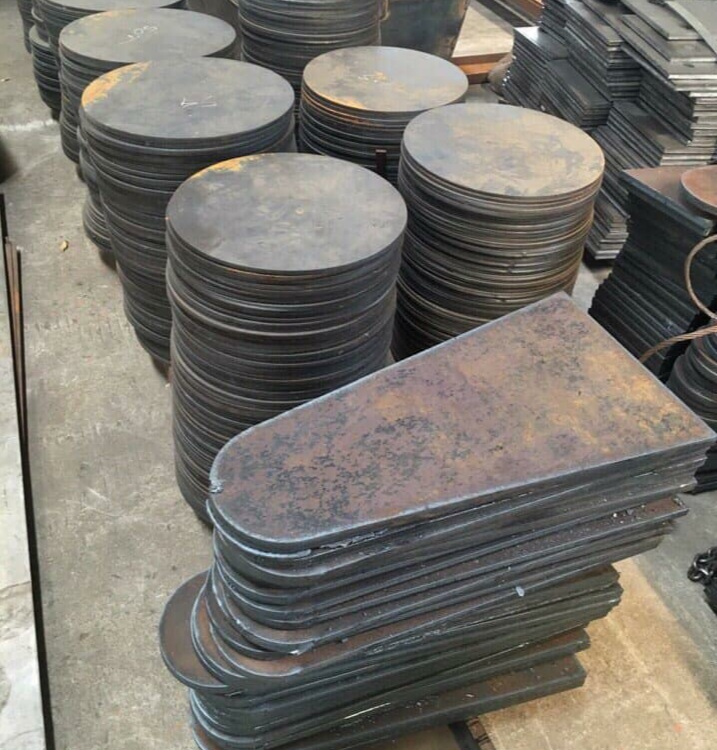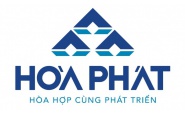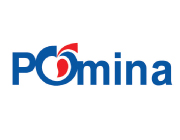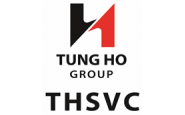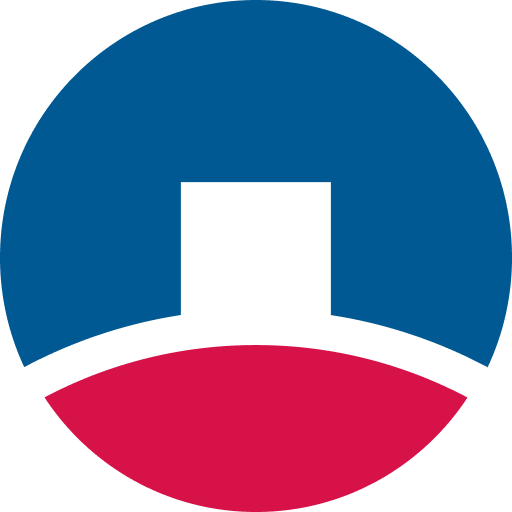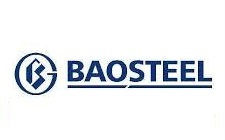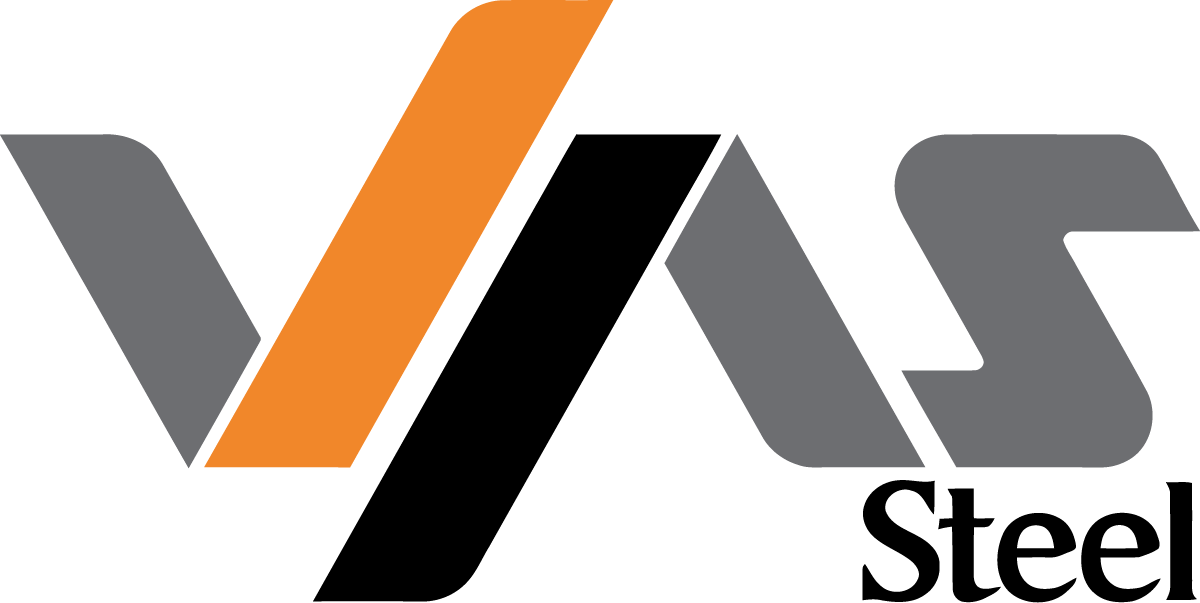However, the Japanese scrap market is expected to recover mainly on the back of stable domestic demand.
.jpg)
Vietnam
Vietnam's scrap market outlook is highly dependent on the development of the Chinese steel industry and market participants believe that increased Covid-19 infections in Vietnam are likely to lead to further price decline. in 2022.
Market participants expect the Vietnamese steel market to continue to be under pressure at least until the Lunar New Year holiday ends in early February 2022. That suggests, if the spread of Covid-19 continues -19 is contained enough by 2022, Vietnam's domestic steel demand will recover thanks to new government infrastructure projects including highways and seaports.
And prolonged weak foreign steel demand will also weigh on Vietnam scrap market. The export business relative to overall capacity has become increasingly important for steelmakers, leaving them vulnerable to oversupply when export demand declines as happened in 2021.
In the second half of 2021, Vietnam's scrap imports decreased due to a decrease in steel sales due to domestic lockdown measures and the decline of the Chinese steel market. Vietnam's domestic rebar price fell by about $30/ton from mid-November to early December, and arc power plants run at half capacity to keep profits.
Vietnamese steel producers exported 3.33 million tons of semi-finished steel in the first 10 months of 2021, of which 67.3% went to China. "We will be in trouble if China stops buying embryos from us," said a Vietnamese factory.
South Korea
The Korean iron scrap market outlook is challenging and market participants say the outlook is most likely to decline at least through the first half of this year.
While the country has enjoyed a solid economic recovery amid strong exports, the Covid-19 infection rate has risen to a record high in recent weeks, reaching more than 7,000 daily infections in early December. Market participants warn that the Omicron variant could cause headwinds for South Korean steel and scrap prices if it triggers another global wave of lockdown measures.
Market participants are also keeping an eye on developments in the US-South Korea negotiations on the lifting of steel tariffs imposed during the administration of former president Donald Trump. In 2018, the US exempted duties on Korean products, but in return for an annual import quota of 2.63 million tons of steel, or 70% of Seoul's average steel product export volume over the past three years.
Japan
Japan's scrap steel market is expected to continue to recover in 2022 amid steady demand from domestic steelmakers, according to most market participants surveyed by Argus.
Steady domestic demand acted as strong support for Japanese scrap prices throughout the year and is expected to continue to rise into 2022 as steelmakers accelerate their decarbonisation efforts.
Output of Japanese EAF mills from January to October 2021 increased 16.25% year-on-year to 20.2 million tons, accounting for 25% of total crude steel output. Japanese scrap suppliers are less dependent on export business in 2021 due to tight supply and sustained domestic demand, causing exports of iron scrap from July to October to plummet 30.7 % compared with the same period last year.
Some concerns have arisen that the Japanese domestic market may weaken as early as 2022 if the Asian steel market continues to weaken.
Steel export orders were cut from January onwards for both Japanese mills and Southeast Asian steelmakers importing Japanese scrap.
"The mills still have enough orders for December, but I don't think mills will still pay higher scrap prices than overseas markets if their steel exports fall. Demand from China is weak. main factor," said a Japanese trader.
Sat Thep
 English
English  Vietnamese
Vietnamese


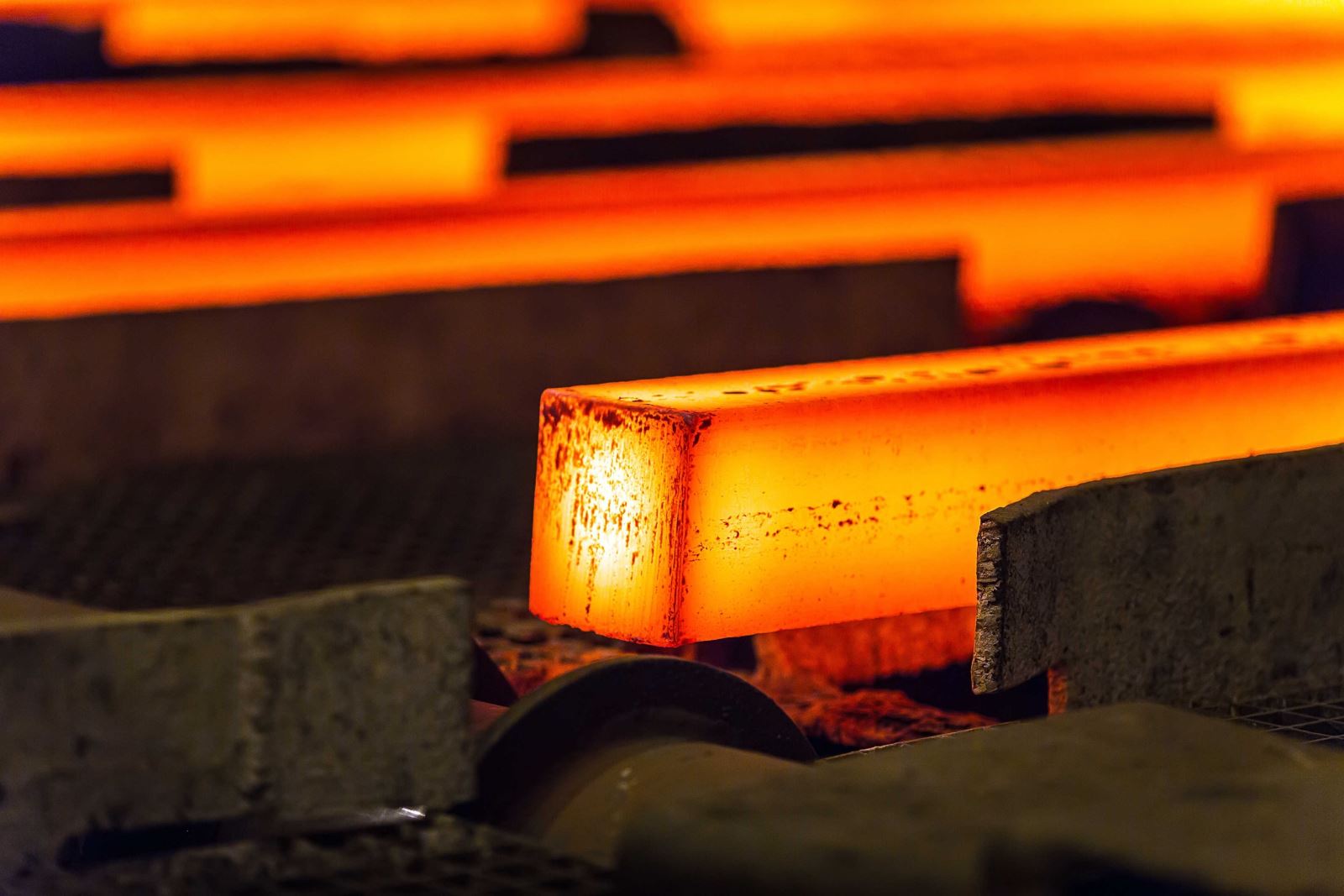
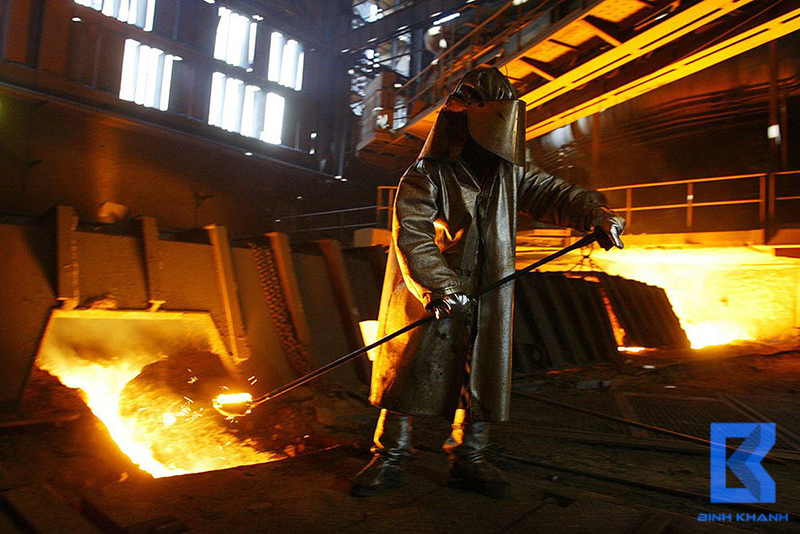

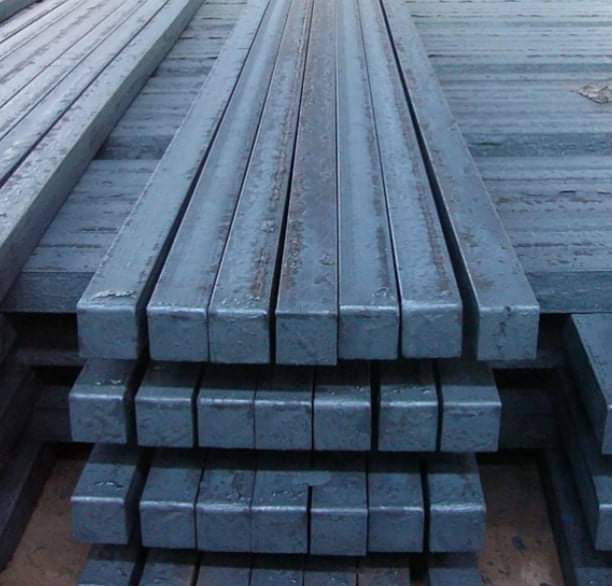

w300.jpg)
